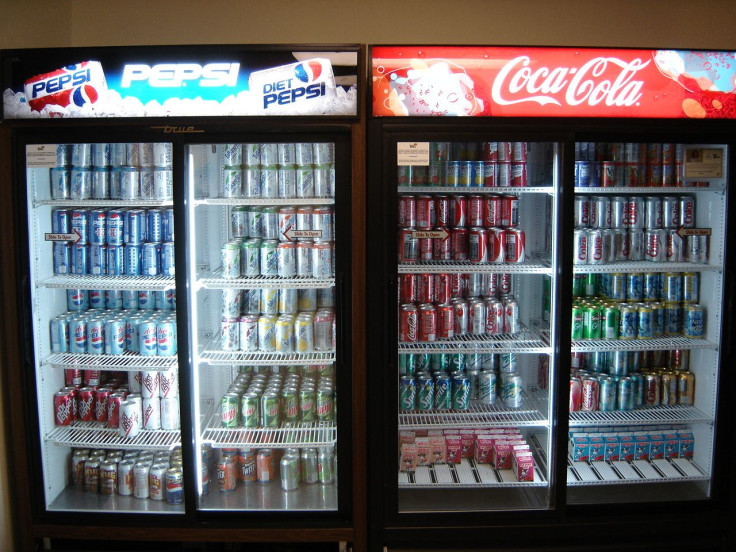Sugary Drink Tax May Benefit Minorities Most: Tax Could Lower Diabetes Rate, Medical Costs In High-Risk Communities

Before his failed proposal to ban oversized sugary drinks, the soon-to-be-former mayor of New York City, Michael R. Bloomberg, supported a statewide soda tax, which also didn’t politically succeed. But on the other coast, researchers at the University of California, San Francisco, found that such a tax would likely decrease consumption of sugar-sweetened drinks and reduce rates of diabetes and heart disease.
These health benefits, according to a PLOS One study, would affect low-income, Hispanic and African American Californians, who are most affected by diabetes. "Poor and minority communities in California and nationally have very high rates of diabetes, a chronic condition with potentially devastating health complications," Kirsten Bibbins-Domingo, study co-author and UC San Francisco professor of medicine and director of the university's Center for Vulnerable Populations at San Francisco General Hospital and Trauma Center, explained in a statement. "Although many steps are needed to reverse the rising diabetes trends in the state, our study suggests that efforts to curb sugary beverage consumption can have a significant positive impact, particularly in those most likely to be affected."
Previously, researchers have calculated that a penny-per-ounce tax for 10 years would result in adults drinking 15 percent less sugary drinks. This modeled scenario resulted in lowered rates of diabetes and obesity and predicted that tens of thousands of cases of coronary heart events, strokes, and premature deaths would be avoided.
Based on this predicted reduction, the current study found that if the tax led to a 10 to 20 percent drop in soda and sugary drink consumption in California, new cases of diabetes and coronary heart disease would decline statewide — especially in minority communities. The study calculated that one in 20,000 Californians overall would avoid getting diabetes due to the tax; this rate would be double for Hispanics and poor Californians while tripling for African Americans.
This disproportionate affect is likely due to blacks, Hispanics, and poor communities obtaining a significantly higher amount of calories from sugary beverages than whites and higher income segments, according to an assessment by the National Health and Nutrition Examination Survey. In addition to obesity and coronary heart disease (CHD), the consumption of sugar-sweetened beverages poses other health risks that include liver damage and metabolic syndrome (depending on genetic predisposition). One study found that consuming one drink or more per day doubles the risk of diabetes and increases the risk of CHD by 23 percent compared to people who drink one sugary drink or less per month.
The strong link between sugary drink consumption and obesity has also been detected by the New York City Health Department, which found that neighborhoods that exhibit the highest obesity rates drank more of these beverages than their counterparts with relatively low obesity levels. This data and the implied social cost of soda consumption fueled the Bloomberg administration to take steps to reduce soda consumption.
A very similar approach has been proposed by the Mexican government, which is grappling with the fact that it now has a higher obesity rate than the U.S. and ranks highest in the world for yearly soda consumption; Mexicans guzzle an average 43 gallons of soda per year, according to NBC News. Last October, President Enrique Peña Nieto expected $950 million could be raised if a tax of 1 peso fee was applied to every liter of soda. But similar to what happened in New York City, many businesses in Mexico went up in arms about the tax.



























